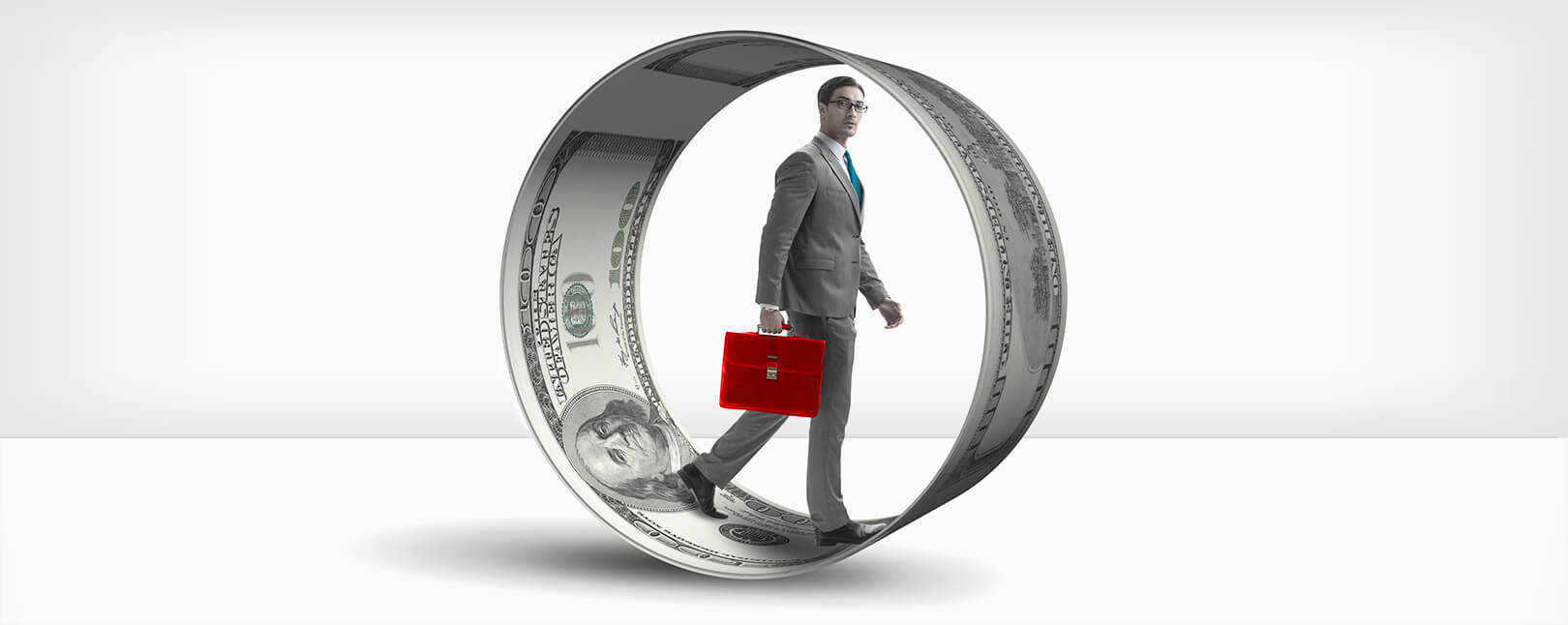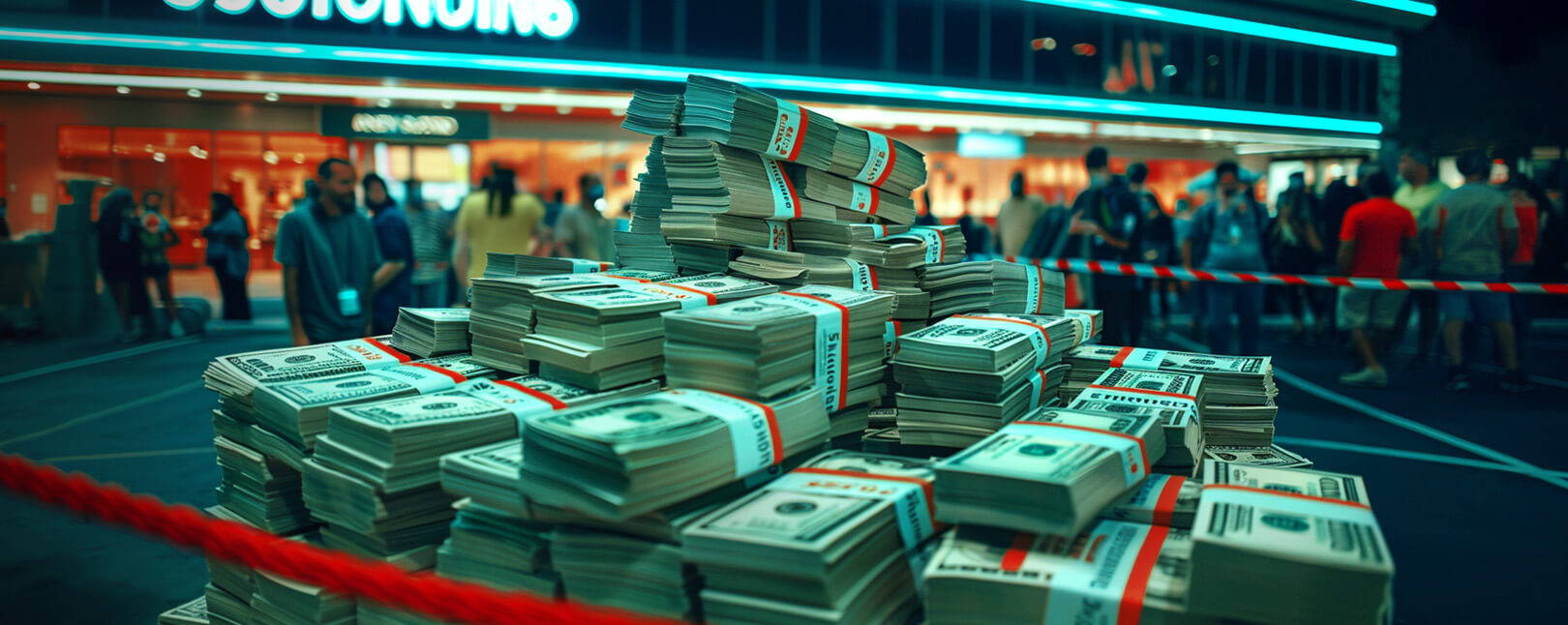The Chargeback Life Cycle: Start to Finish in 14 Steps
Ever wonder why chargebacks are always such a pain?
Why do they cost so much? Why are there so many moving goalposts. And, why do they take so long to resolve?!
The average chargeback life cycle is dependent on—and exacerbated by—several factors that aren’t always in concert. In this article, we’ll explain the full chargeback life cycle, breaking it down into 15 key steps. We’ll discuss some of the complicating factors that arise along the way, and provide you with a couple of tips to help simplify the process.
Recommended reading
- A Step-By-Step Guide to the Chargeback Process in 2024
- Provisional Credits: Here’s Everything You Need to Know.
- Here are the 5 Valid Reasons to Dispute a Charge
- Chargeback Costs: The Shocking Truth in 2024
- Debit Card Chargebacks: Everything You Need to Know in 2024
- 14 Chargeback Facts Exposing the Threat of Fraud in 2024
What is the Chargeback Life Cycle?
- Chargeback Life Cycle
The chargeback life cycle describes the chargeback process from start to finish. This includes the parties involved and the wait times and responses imposed by each for the duration of that chargeback ‘life span.’
[noun]/* charj • bak • līf • sī • kǝl/
When the chargeback life cycle works as intended, it generally involves three key parties: the issuer, the acquirer, and the merchant. The cardholder can also be involved if that person initiated the dispute.
In the case of a bank chargeback, the issuer can file a dispute on the cardholder’s behalf without even notifying the person first. But, these are less common. So, instead we’ll focus on a standard cardholder dispute.
Your Step-by-Step Guide to the Chargeback Life Cycle
The chargeback life cycle seems like a pretty simple, straightforward process. If the customer makes a purchase and disputes it, it’s your turn to fight the dispute. In the end, one side wins while the other loses…right?
Unfortunately, it’s not that easy.
Depending on the situation, the chargeback cycle can take a lot of unexpected twists and turns before a dispute is finally settled. In the most basic form, a chargeback involves the following steps:
Step 1 | Customer inquiry
First, the cardholder identifies a transaction that is either suspicious, or for which the merchant didn’t deliver what they promised. The cardholder then contacts his or her issuing bank to reverse the transaction.
Step 2 | Issuer investigates claim
The issuer reviews the customer’s claim. They examine additional details to try and identify the transaction. Using platforms like Visa Resolve Online and Mastercom, the issuer can recall pertinent information about the sale. If what the customer says appears accurate and the transaction is not valid, the issuer will proceed to the next step.
Learn how banks investigate disputesStep 3 | Issuer files a chargeback
The issuer overturns the transaction. The money is forcibly withdrawn from the merchant’s acquirer and transferred back to the customer, giving the customer a conditional refund. Finally, the issuer notifies the acquirer of the chargeback by producing a chargeback reason code and submitting the relevant data.
Learn more about chargebacksStep 4 | Acquirer reviews the case
The issuer overturns the transaction. The money is forcibly withdrawn from the merchant’s acquirer and transferred back to the customer, giving the customer a conditional refund. Finally, the issuer notifies the acquirer of the chargeback by producing a chargeback reason code and submitting the relevant data.
The acquirer receives the information submitted by the issuer and reviews it, after which the acquirer forwards the claim to the merchant, along with any information that can help the merchant decide whether to fight back.
Step 5 | Merchant decides to fight
The merchant can review the information and decide whether to accept the chargeback. Merchants who believe the cardholder’s claim is false can fight back to try and uphold the original sale.
Step 6 | Compile & submit representment case
The merchant compiles any available compelling evidence to try and refute the cardholder’s claim. This can include shipping receipts, delivery confirmation, or records of communication with the merchant. The evidence will vary depending on the case, and the acquirer can offer advice on what information is required. The merchant then delivers the compiled information to the acquirer.
Learn more about chargeback representmentStep 7 | Acquirer submits representment
The acquirer transmits all compelling evidence, as well as the merchant’s chargeback rebuttal letter and additional documentation, to the issuer.
Step 8 | Issuer reviews the case
The issuer looks at all the evidence presented by the merchant and compares it against the cardholder’s claim. If the merchant’s side of the story is convincing enough, the bank issues a verdict in the merchant’s favor.
Step 9a | Issuer returns funds to merhant
The issuer reverses the conditional refund provided to the cardholder. They return the money to the merchant’s account.
The process can end there…but that’s a best-case scenario. If the issuer rules against the merchant, there can be more steps involved in the chargeback life cycle.
Step 9b | Second chargeback
The issuer upholds its original decision, refusing to return the funds to the merchant’s account. This “second chargeback” is referred to as a pre-arbitration by Visa; Mastercard calls it an arbitration chargeback.
Learn more about pre-arbitrationStep 10 | Acquirer reviews the case
The acquirer receives the information submitted by the issuer, reviews it, and finally forwards the claim to the merchant (along with any information to help decide whether to fight the new dispute).
Step 11 | Merchant decides to fight
The merchant can accept this second chargeback or decide to fight it again. Merchants who choose to fight will need to provide more evidence to address the issuer’s new claims and reason for refusing the dispute.
Step 12 | Second presentment
The merchant sends the new case material and evidence to the acquirer for submission. In this case, all the information goes to the card scheme (either Visa or Mastercard) rather than the issuer. The card scheme can then begin the arbitration process.
Step 13 | Arbitration
The card scheme reviews all the materials submitted by both the issuer and the acquirer to determine which party is in the right.
Learn more chargeback arbitrationStep 14 | Card network issues ruling
The card network either sides with the cardholder or the merchant. The case is closed at this point, and neither side can appeal the card scheme’s decision, unless additional substantial evidence comes to light. Then, the arbitration process may start again. If either side believes there are other extenuating circumstances, that party would need to bring the matter to a legal court.
The Chargeback Cycle is an Uphill Battle
Looking at it step-by-step, the chargeback life cycle seems like a drawn-out, yet pretty straightforward process. What you may not see, however, is that the process itself is deeply flawed.
Chargebacks predate the internet and are not responsive to the demands of the eCommerce market. The process is easy to abuse, and it is susceptible to friendly fraud.
As a merchant, you face an uphill battle in the chargeback life cycle. First of all, the process is highly subjective. Rulings may be based on evidence and rationale, but they’re determined by humans.
It’s not fair…but it’s reality. The chargeback process puts a lot of the responsibility on merchants, to the point where you’re effectively “guilty until proven innocent.”
To make matters worse, there are countless variables in the chargeback process. Before you respond to a chargeback, you need to consider:
- Do you have grounds to fight back?
- What evidence and/or documentation is available?
- How much time has passed since the original transaction?
- Does it relate to a single purchase or multiple transactions?
- Which card brand is involved?
- How will this dispute affect your chargeback rate?
…those are just a few examples. The real takeaway, though, is this: thinking about the chargeback cycle as a simple step-by-step process is not going to cut it.
Is Anyone Working to Address These Problems?
Yes, to some degree.
The card networks have rolled out initiatives like Visa Claims Resolution and Mastercard Dispute Resolution in an attempt to address problems in the chargeback process. The aim is to simplify chargebacks and make the dispute life cycle fairer for everyone involved. There is a limit to how much can be changed while still working off the same foundational process, though.
Another obstacle is the lack of standardization across different card networks. The chargeback life cycle varies according to each card scheme. This can be a severe complication if a merchant isn’t fully aware of each brand’s rules and deadlines.
Visa Chargeback Life Cycle
After the introduction of Visa Claims Resolution, Visa set the goal of resolving all disputes in less than 31 days. There are four primary phases to a Visa dispute:
After Visa adopted VCR processes, most card networks altered their dispute cycles to be more in line with that used by Visa.
Mastercard Chargeback Life Cycle
Disputing a charge can often take 45 to 90 days from start to finish. Mastercard chargeback time limits exist to try and ensure that claims are resolved in as timely a manner as possible. There are four primary phases to a Mastercard dispute:
The timeframe for each phase starts the same day the phase begins. Mastercard refers to this date as the “Central Site Business Date” or CSBD.
Also, remember that the point which qualifies as "Day One" will reset at each stage of the chargeback process. So, while the time limit on chargebacks is predetermined, it will still move around as one progresses to a different stage of the dispute.
Work Smarter, Not Harder
The complete chargeback life cycle, from filing to resolution, can take weeks or even months.
If you’re a merchant, your revenue will be tied up during that entire period in a costly, complicated, and time-consuming process. You can’t focus on growing your business while you’re occupied with winning back the revenue you’ve already got. And, approaching a dispute without an absolute understanding of chargebacks—or the proper tools and strategies—can actually increase your risk.
We’re talking about complex rules, confusing timetables, and a limited chance of success. It’s no wonder so many merchants think that fighting chargebacks isn’t even worth the time and resources it requires.
That being said, there’s too much at stake to give up. Instead, why not let the experts handle it?
The Chargebacks911® team is here to help. No other providers offer the kind of fully-managed, end-to-end coverage we deliver. It’s no wonder that Chargebacks911 has been chosen as the “Best Chargeback Management Solution” for three years in a row.
Have additional questions about the chargeback life cycle? Want to know more about how easy the process could be with Chargebacks911 in your corner? Click below and talk to one of our dispute experts today.













